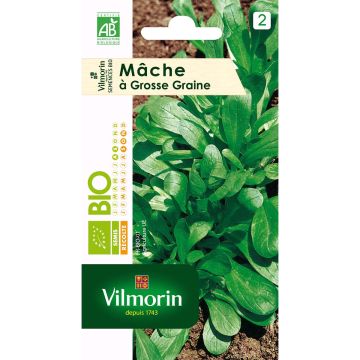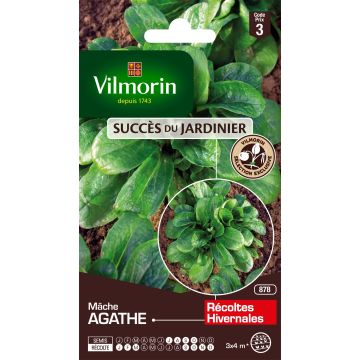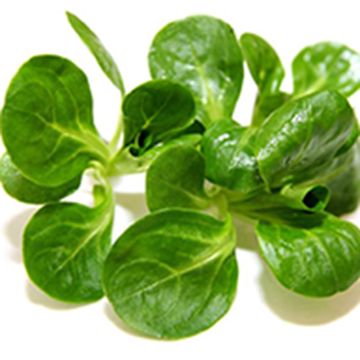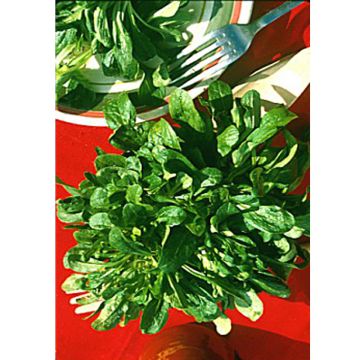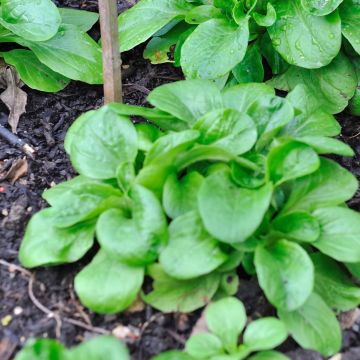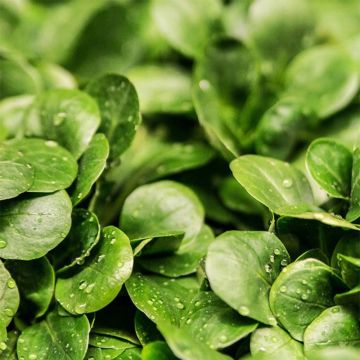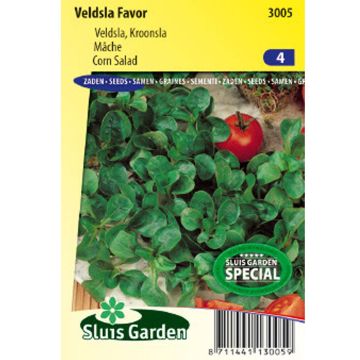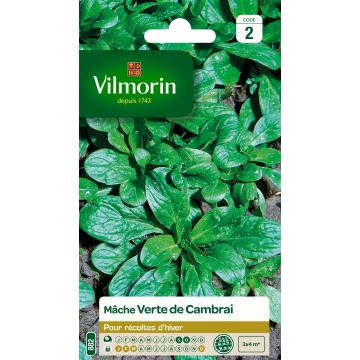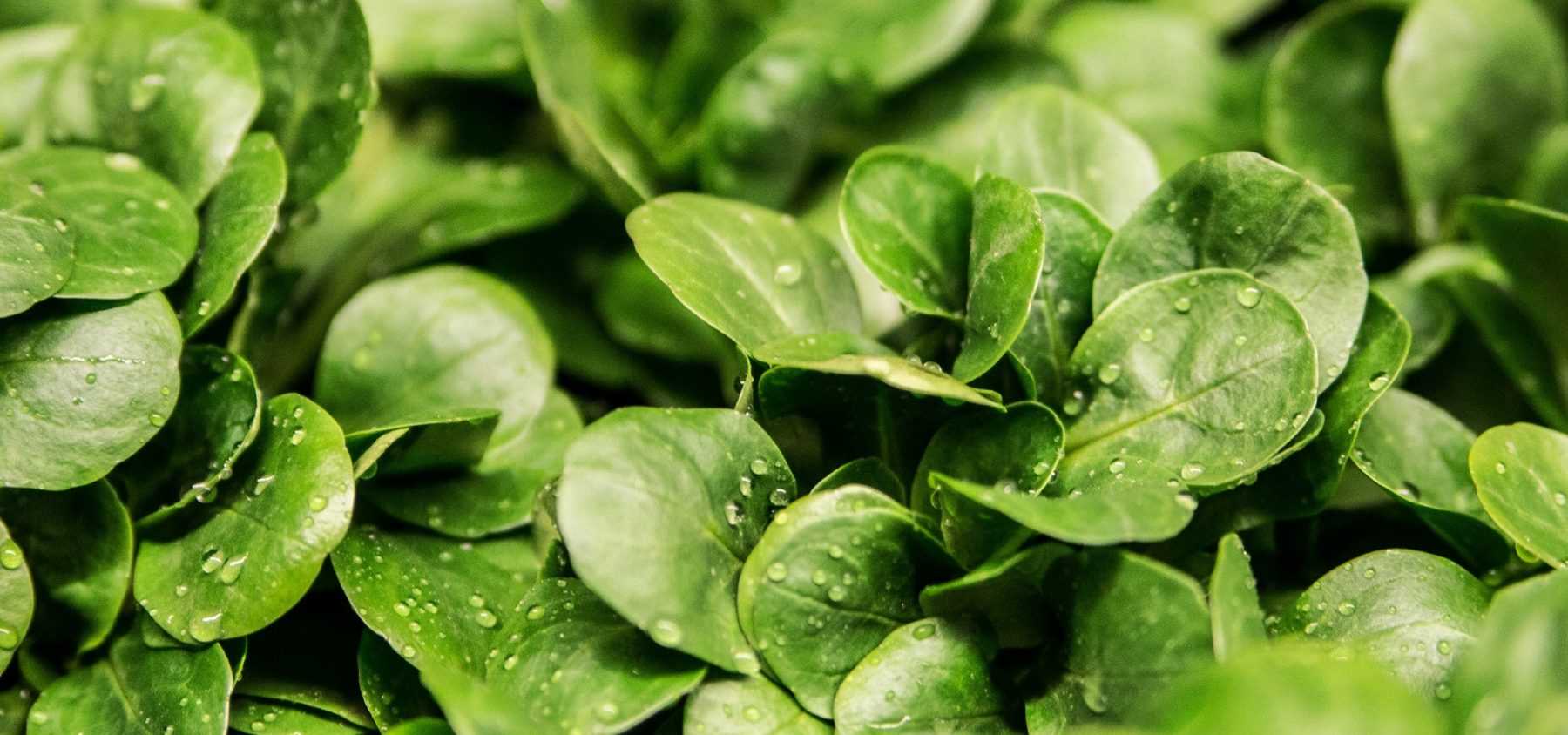
Growing Lamb's Lettuce Successfully
From sowing to harvest
Contents
Lamb’s lettuce, also known as corn salad or Valerianella locusta, is a tender, flavoursome green salad leaf, highly valued for its easy cultivation and nutritional benefits. It brings a refreshing touch in autumn and winter when other salad crops struggle to grow. Typically sown in late summer, it can be harvested between October and March depending on the variety. This hardy salad requires little attention and takes up minimal space in the vegetable garden, easily fitting between rows of other vegetables. Follow our comprehensive guide to successfully grow lamb’s lettuce in your garden, from sowing to harvesting, including care tips and potential diseases.
Where to grow lamb's lettuce?
Lamb’s lettuce is a small salad leaf that thrives in sunny or lightly shaded spots, in any moderately fertile soil. It prefers light, well-drained soils rich in humus. It doesn’t tolerate heavy or clay-rich soils well, as these can retain moisture and cause rot. If your soil is somewhat compact, don’t hesitate to lighten it by adding compost or sand.
This is a low-maintenance crop that easily fits between rows of other vegetables like radishes, spring onions, spinach, escarole chicory…
Lamb’s lettuce is typically grown directly in the ground in vegetable gardens, but it can also adapt to container or planter cultivation on a balcony, for example. In this case, choose a container at least 20 cm deep, with drainage holes at the bottom.
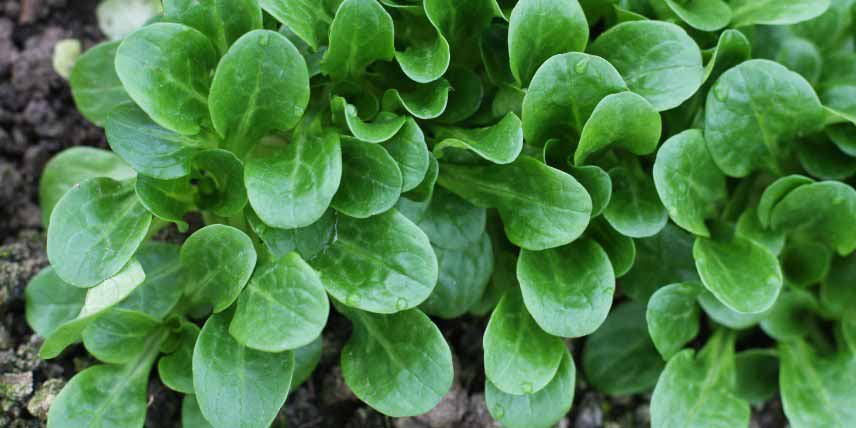
When and how to sow it?
Lamb’s lettuce is sown in late summer or early autumn, typically from mid-July to mid-September. For regular harvests, consider staggering your sowings over time or growing different varieties.
Lamb’s lettuce can be sown in rows or broadcast, but plants grown from row sowing are much easier to maintain, which is why we recommend this method.
For row sowing:
- Prepare the soil by removing weeds and working it with a hand rake or fork.
- Create shallow furrows (about 1 cm deep) spaced 15 to 20 cm apart.
- Sow the seeds in the furrows, spacing them 0.5 to 1 cm apart. Cover lightly with fine soil.
- Gently firm the soil with the back of a rake.
- Water lightly with a fine spray to avoid displacing the seeds.
It’s important to keep the soil moist until germination, which usually occurs within 10 to 15 days, depending on temperature. To improve germination, cover the sowing with trays or a light mulch to provide shade and retain moisture.
For broadcast sowing, follow the same steps, but use 5 to 7 grams (12 grams for large-seeded varieties) per 10 m².
To enjoy lamb’s lettuce over an extended period, it’s best to stagger your sowings.
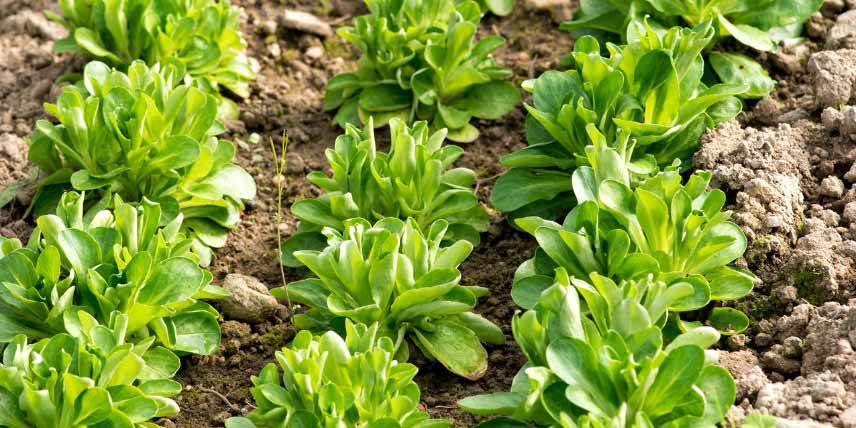
For easier maintenance, it’s preferable to sow lamb’s lettuce in rows
Discover other Lamb's lettuce
View all →Available in 1 sizes
Available in 1 sizes
Available in 1 sizes
Available in 1 sizes
Available in 2 sizes
Available in 1 sizes
Available in 1 sizes
Available in 1 sizes
Available in 1 sizes
Available in 1 sizes
How to care for it?
Lamb’s lettuce is undemanding, but a few simple steps will ensure a good harvest.
It’s important to keep the soil slightly moist, especially during germination and growth if the weather is dry. Water regularly but moderately, using a watering can with a rose.
Lamb’s lettuce struggles with weed competition. Regular weeding is essential to prevent weeds from smothering young plants. Lightly hoe the soil occasionally to aerate it and prevent surface crusting.
We recommend mulching the soil, for example with dead leaves, wood chips, or straw, to suppress weeds, retain moisture, and protect plants from cold.
Some hardy varieties like ‘Verte d’Étampes’ or ‘Coquille de Louviers’ can be harvested until March, provided they are protected from severe cold with a cloche, horticultural fleece, or a thick layer of straw.
Lamb’s lettuce can sometimes be affected by fungal diseases, particularly powdery mildew and downy mildew. These diseases thrive in heavy, poorly drained soil during warm, wet autumns. Preventatively, you can use horsetail manure against powdery mildew and Bordeaux mixture against downy mildew.
The leaves may also be nibbled by slugs. We recommend using ferric phosphate-based pellets or Ferramol. For more tips, check out our guide “Slugs: 7 Natural and Effective Ways to Control Them”.
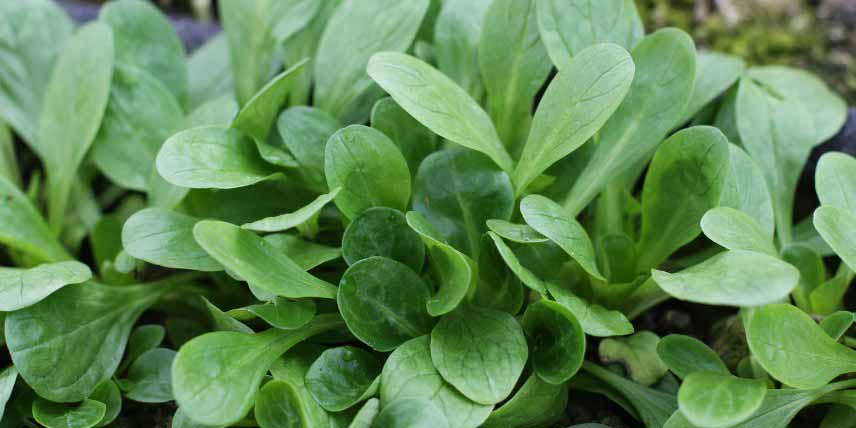
When and how to harvest it?
Lamb’s lettuce is ready to harvest between two to four months after sowing, typically from October to March, depending on weather conditions and the variety. Harvest as needed when the rosettes are well-developed.
Harvest lamb’s lettuce by cutting the rosette at the base with a knife, just above the crown. Avoid pulling up the roots, as the plant may sometimes regrow, providing a second harvest. The leaves will keep for 2 to 3 days in the fridge’s vegetable drawer.
- Subscribe!
- Contents



































